Companion planting is an integral aspect of permaculture and a holistic approach to gardening that fosters a harmonious relationship between various plant species. When applied to fruit trees, this practice not only maximizes space but also provides numerous benefits such as improved nutrient uptake, pest control, and enhanced pollination. In this article, we’ll explore the concept of companion planting for fruit trees, offering insights into suitable companions and those to avoid.
Why Companion Planting Matters:
Companion planting promotes biodiversity and supports sustainable ecosystems by creating a diverse environment within your orchard. This approach helps fruit trees thrive by providing essential services like nutrient accumulation, pest control, and pollination. Here’s a quick reference guide to companion planting for common fruit trees:
1. Apple Trees:
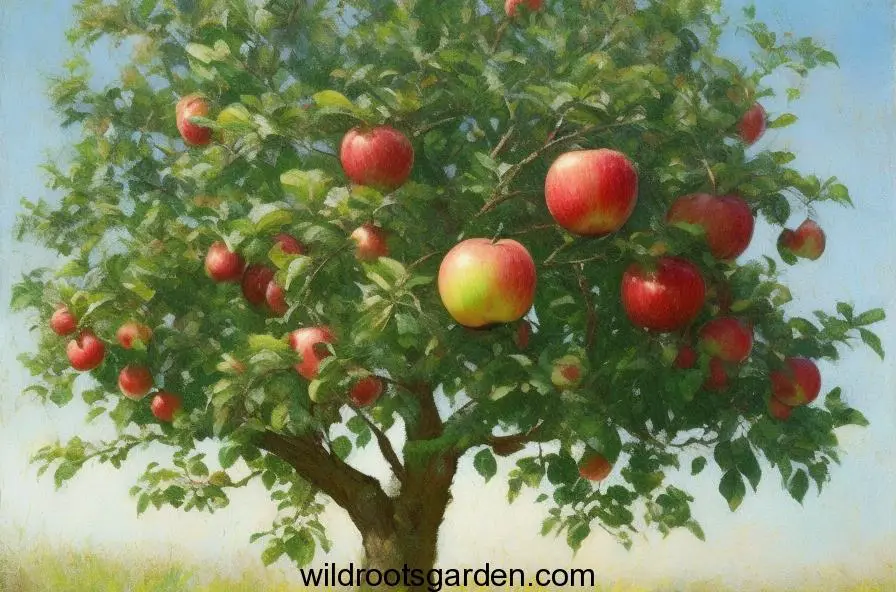
- Good Companions: Clover, chives, garlic, leeks, nasturtium, foxgloves, southernwood, daffodils, comfrey, marigold, and other nitrogen-fixing plants.
- Not Companions: Cedar, walnut, grass, tomatoes, carrots, eggplant, and potatoes.
2. Apricot Trees:
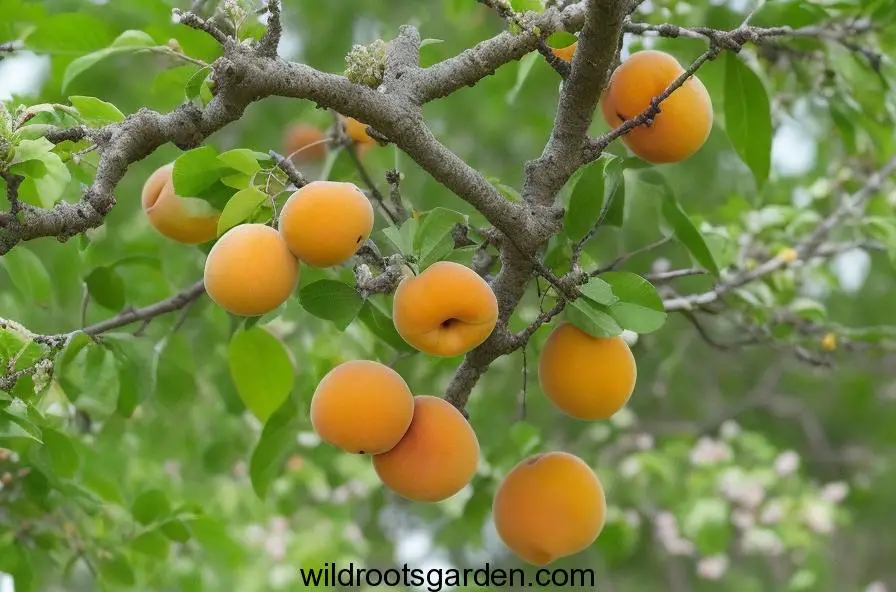
- Good Companions: Alliums, comfrey, basil, nasturtiums, buckwheat, plums, peaches, tansy, and other flowers, southernwood.
- Not Companions: Peppers, tomatoes, potatoes, wheat, eggplant, oats, barley, and sage.
3. Avocado Trees:
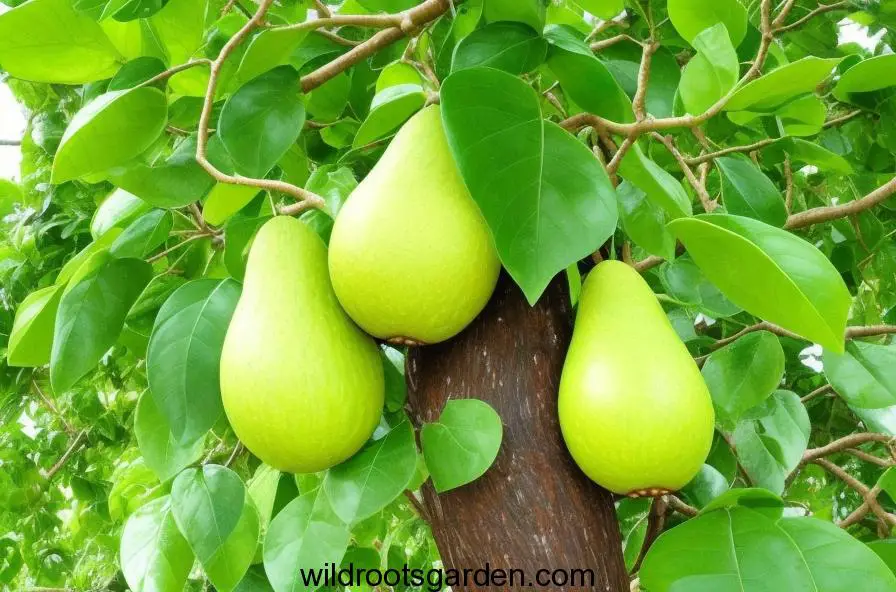
- Good Companions: Velvet beans, soybeans, ration beans, cowpeas, lupin flowers, medics, wheat, rye, barley, teff, vetches, desmodiums, groundnuts, and buckwheat.
4. Banana Trees:
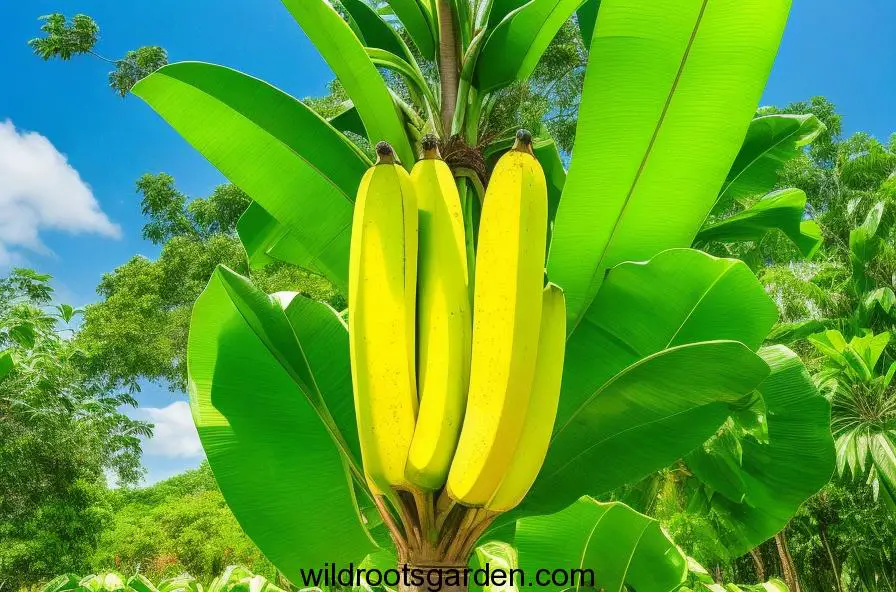
- Good Companions: Comfrey, beans, peas, legumes, flowers, nasturtiums, papaya, and sweet potato.
5. Citrus Trees:
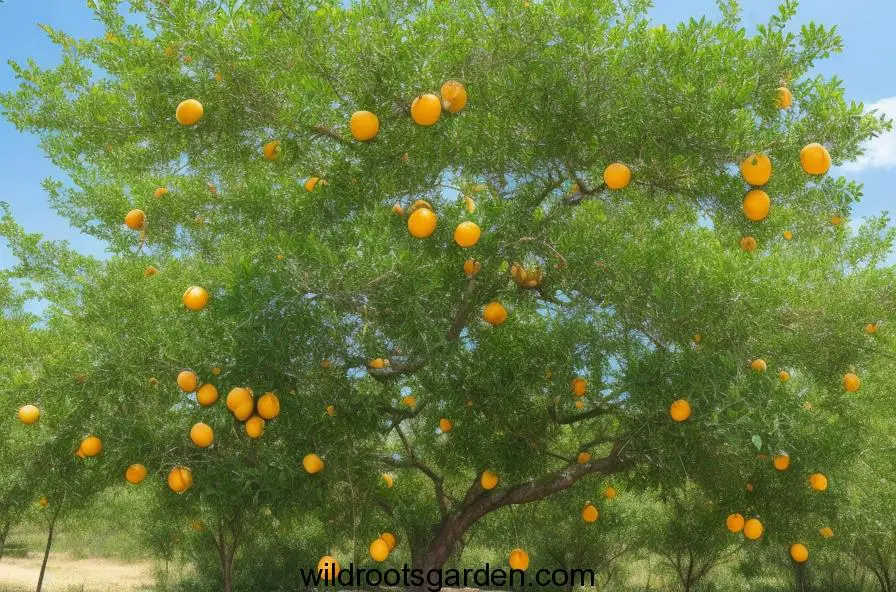
- Good Companions: Lavender, thyme, dill, hyssop, lemon balm, parsley, marigold, nasturtium, borage, comfrey, clover, and alfalfa.
- Avoid: Plants prone to mildew and other fungal infections.
6. Fruit Trees:
- Fruit trees thrive when planted together, accompanied by alliums, tansy, comfrey, nasturtiums, marigold, marjoram, lemon balm, mustards, dandelions, borage, and other flowers.
- Avoid: Plants susceptible to mildew and other fungal infections.
7. Grape Vines:
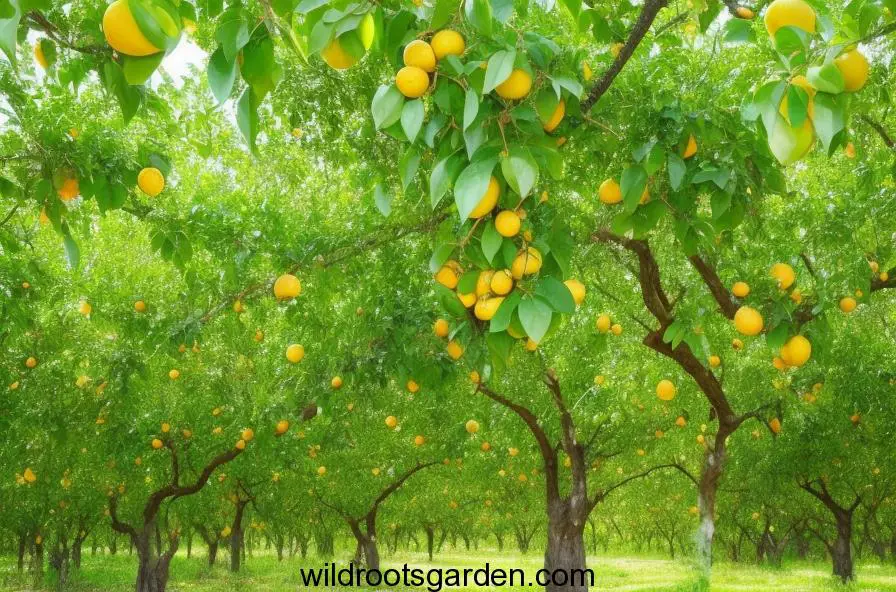
- Good Companions: Mulberry, elm trees, hyssop, basil, beans, geraniums, oregano, clover, peas, and blackberries.
- Avoid: Garlic.
8. Melon Plants:
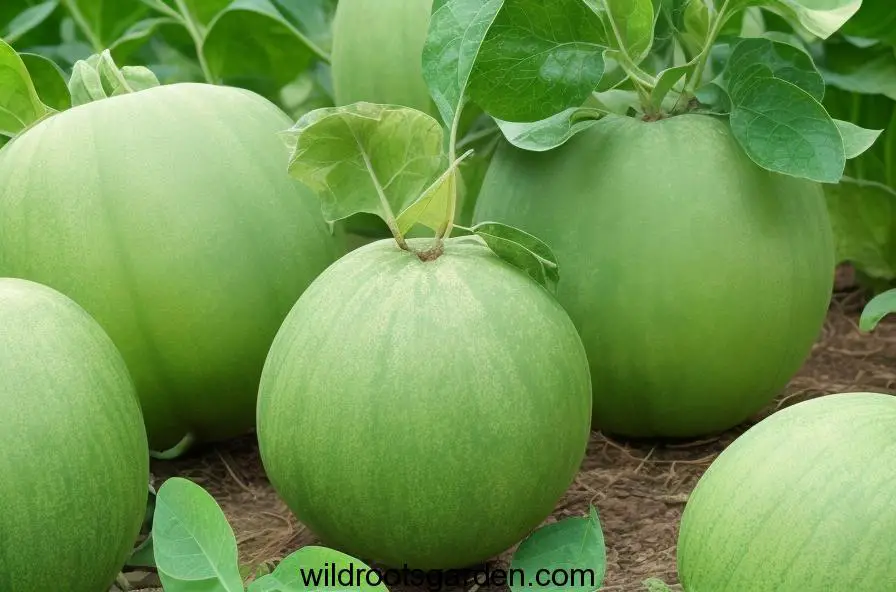
- Good Companions: Chamomile, nasturtium, oregano, summer savory, corn, pumpkin, radish, and squash.
9. Papaya Trees:
- Good Companions: Comfrey, beans, flowers, nasturtiums, bananas, and sweet potatoes.
10. Passion Fruit Vines:
- Good Companions: Potatoes, beets, Swiss chard, carrots, spinach, strawberries, eggplants, onions, leeks, and lettuce.
- Avoid: Corn, cowpea, sorghum, sweet potato, and okra.
11. Peach Trees:
- Good Companions: Tansy, borage, basil, southernwood, comfrey, garlic, and onion, asparagus.
- Avoid: Grass, potato, tomato, and raspberries.
12. Pear Trees:
- Good Companions: Any aromatic plant, comfrey, and other nitrogen-fixing plants, or flowers.
- Avoid: Grass, potato, tomato, and raspberries.
FINAL THOUGHTS
Companion planting for fruit trees is a sustainable and ecologically responsible gardening practice. By selecting appropriate companion plants and avoiding incompatible ones, you can create a balanced ecosystem that nurtures your fruit trees, enhances pollination, repels pests, and optimizes nutrient availability. Embracing companion planting is not just a gardening technique; it’s a step towards a harmonious coexistence with nature, fostering biodiversity and sustainable ecosystems in your orchard.
